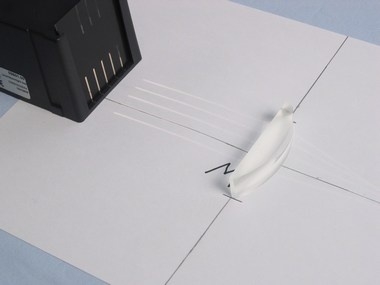
Technical data Spherical aberrationArticle no: P1065900  Principle The students become acquainted with one of the most frequent lens defects through this experiment - spherical aberration. This, in conjunction with the experiments on lens combinations, prepares the students for understanding why high quality optical apparatus always contains complex lens systems. In this experiment, the course of parallel light beams close to and far away from the optical axis following refraction by a planoconvex lens is investigated. Thus, the student's knowledge of the refraction of light by a convex lens is strengthened and transferred to new contexts. Benefits
Tasks What are lens defects? Investigate the path of light beams close to and far away from the optical axis which fall on a planoconvex lens. Scope of delivery
| |||||||||
Robert-Bosch-Breite 10 – 37079 Göttingen – Germany
www.phywe.com

